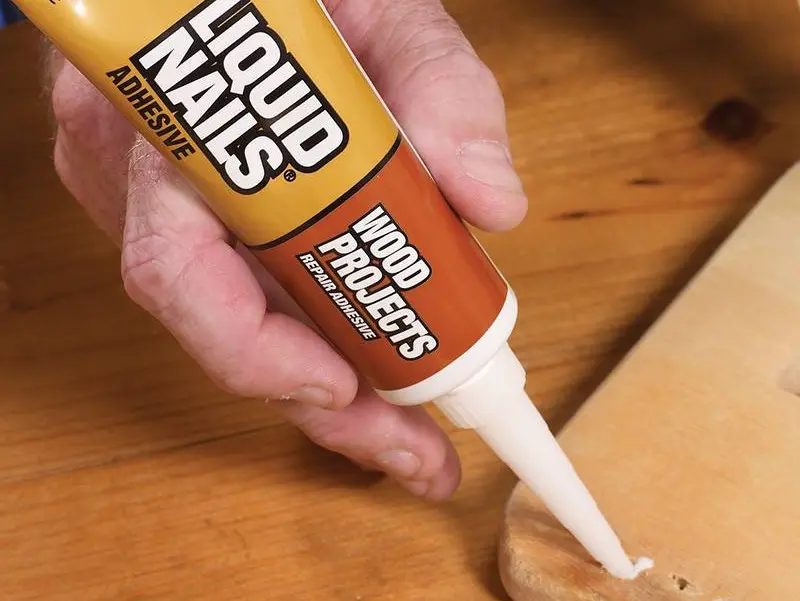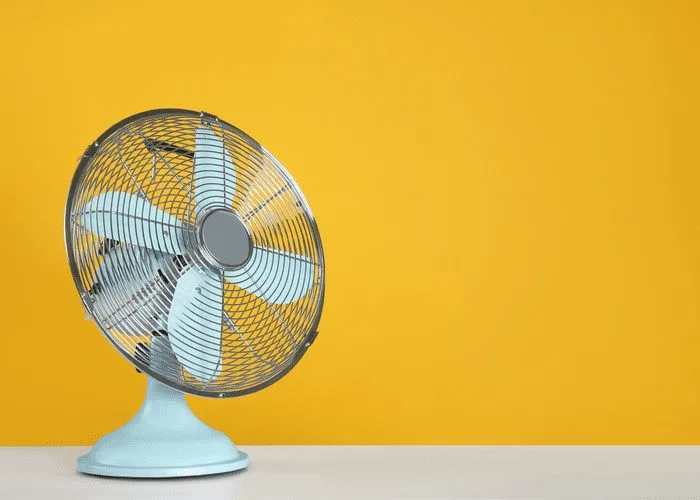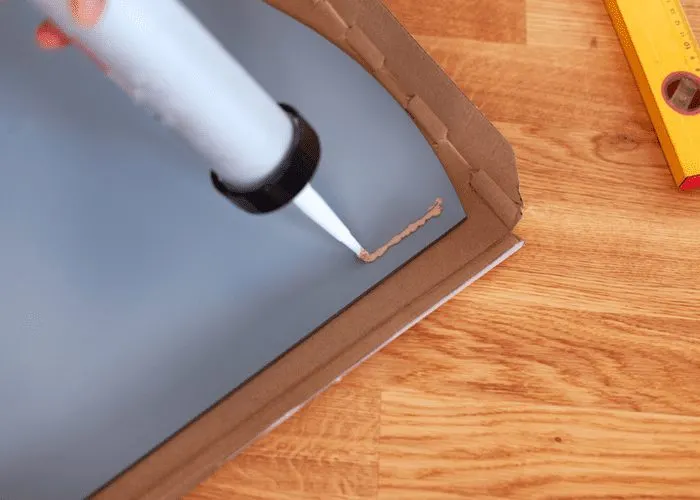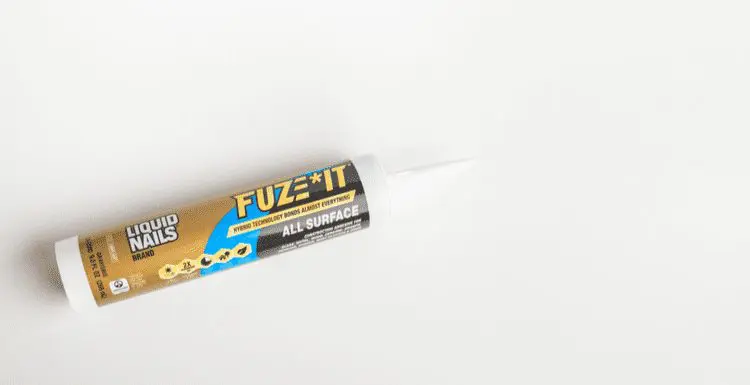Do you need an answer to a standard query among do-it-yourselfers? Do you want to know how long liquid nails take to dry?
Accurate knowledge can make all the difference in producing stunning, long-lasting outcomes for home renovation projects.
Fortunately, you’ve come to the right place. This blog article guides you through what you need to know about liquid nails.
You’ll learn how long it should take before it dries completely. And we’ll also let you know whether you can speed up the drying process.
Read on for helpful tips and tricks for a successful result!
What are Liquid Nails?
Before we learn about drying liquid nails, let’s understand exactly what they are.
Well, to begin with, liquid nails are a universal adhesive. More precisely, it is a type of mounting adhesive composition. You can use it for a wide range of construction and repair work.
If you need to attach drywall to the wall, install cabinets on the walls, or attach moldings, liquid nails will help you get the job done quickly and efficiently.
This powerful product provides a permanent bond. It cures faster than many other adhesives on the market. It has such a strong hold that it can serve as an alternative to conventional nails.
You can also use liquid nails as an alternative to screws and other fasteners.
Liquid nails, unlike other fasteners, are resistant to temperature changes, humidity, and the formation of corrosion. Also, the material is highly resistant to mold and mildew. It means reliability and long life.
Due to their excellent fixing force, liquid nails will be a valuable addition to the toolkit of any home handyman. For those who take on large projects, liquid nails are also the best option. You’ll be able to finish your project in no time at all.
Liquid Nails Uses

Image/facebook.com/LiquidNailsAdhesives
Liquid nails are an adhesive product. It is designed for use in high-performance, heavy-duty applications such as:
- exterior saiding;
- drywall;
- floor coverings;
- trim;
- etc.
Liquid nails provide superior adhesion compared to traditional wood glue or screws. It works with a variety of materials, including:
- wood;
- metal;
- PVC;
- fiberglass;
- concrete blocks
- brick.
The product is widely available in both liquid and foam forms. It is solvent-based, non-flammable, and translucent upon drying. Solvent-based formulations are ideal for bonding materials that are not exposed to water or wet conditions.
In contrast, foam formulations provide superior adhesion in wet conditions where other adhesives may not work. It makes them excellent for exterior jobs such as roofing and masonry projects.
It’s also suitable for interior jobs, such as kitchen remodeling or walls covered with ceramic tile.
Another unique feature of liquid nails is their resistance to extreme temperatures and ultraviolet radiation.
It guarantees that it will survive severe weather without losing its bonding power. It also has excellent flexibility. You can use it on surfaces with little movement or irregularities.
A liquid nail is a cost-effective solution. Its flexibility makes it suitable for tasks ranging from exterior cladding to wet areas such as bathrooms or kitchens. You can also use it to repair furniture, do art projects, and more.
How Long Does Liquid Nails Take to Dry?
If you are looking for a safer alternative to the trusty old nail and hammer, look no further than Liquid Nails.
Liquid nail adhesive products can be used to bond many different materials, such as tile, ceramic, metal, rubber, glass, wood, leather, and foam. And as a liquid adhesive, it’s much safer than traditional nails.
But there is one thing you need to keep in mind when using them: the drying time.
So, how long do liquid nails take to dry?
Liquid Nail Adhesive begins to dry in about 15 minutes, though it takes about seven days to reach its maximum strength.
The actual dry time varies depending on the adhered materials and other factors such as humidity and temperature.
Want to learn more about liquid nails?
Keep reading to learn all you need to know!
How to Make Liquid Nails Dry Faster

New Africa/Shutterstock
If you want to get your project finished and cannot wait the recommended 7 days, there are a few things that you can do to make liquid nails dry faster:
- Lower temperatures can make constructive adhesives like liquid nails dry more slowly. For example, adhesives used at 70 degrees Fahrenheit can take half as long to dry as those used at 50 degrees Fahrenheit. Liquid Nails recommends applying their adhesives between a minimum temperature of 40 degrees Fahrenheit and a maximum of 90 degrees Fahrenheit.
- Use only what you need. Large amounts of liquid nail adhesive will take longer to dry, so be sure to follow the recommended guidelines for your project as indicated on the package.
- Use a fan to help decrease any humidity in the area, as humidity and moisture can also increase your drying time. Do not face the fan directly on the adhered surfaces, but try to get a cross breeze going to improve the airflow.
- Ensure that at least one of the materials is porous, as nonporous surfaces can significantly slow drying time.
How to Remove Liquid Nails
While liquid nails are meant for durable bonding, it is possible to separate adhered materials if you catch them in time.
How to Remove Liquid Nails From Skin
- For solvent-based liquid nails, apply vegetable oil, mineral oil, or petroleum jelly to the affected area. Repeat if necessary.
- For latex-based liquid nails, wash the affected area thoroughly with soap and water.
How to Remove Liquid Nails From Building Materials
If you need to just scrape some off of a surface, you can soften liquid nail adhesive by using an electric heat gun or blow dryer. Apply heat until it reaches above 140 degrees Fahrenheit.
You can also apply some petroleum jelly or mineral oil until it becomes soft enough to scrape off, which can take hours or days. Softened, liquid nails are much easier to remove.
If you need to separate two bonding surfaces or adhered materials, though, it can be a much longer process.
Step 1: Gather materials
- Music wire/windshield cut-out wire
- Wire cutters
- Heavy-duty safety gloves and/or handles
- Safety goggles or face shield
- Two screwdrivers
Step 2: Work the wire under the part’s edge
Using a length of wire that’s about 2–3 feet longer than the part you are removing, work the middle of the wire under the part’s edge. Be sure to start in a corner.
At this point, if you are using handles, connect them to the wire. If not, make sure to wear safety gloves when working with any liquid nail product.
Step 3: Saw using the wire.
Using moderate pressure, use the wire to saw a few inches through the part with adhered surfaces.
Step 4: Properly open the gaps.
Once you have made it through a few inches, use the screwdriver to keep the gap open. The friction from the sawing motion will heat the liquid nails, causing them to become soft again. And the screwdrivers are there to prevent the materials from re-adhering.
Step 5: Continue sawing until the part is loose.
Keep moving the screwdrivers as you continue sawing. Once it has become loose enough, remove the part.
Step 6: Scrape away any remaining liquid nail adhesive.
If you still can’t get it all off, apply a thin layer of baby oil to the adhesive and try scraping it again in about an hour. Repeat if necessary.
Frequently Asked Questions

Ekaterina_Minaeva/Shutterstock
How Long Does It Take Liquid Nails to Dry on Wood?
While it’s not absolutely necessary, Liquid Nails does recommend clamping or bracing bonded materials such as wood for at least 24 hours before applying any kind of pressure. However, it can still take up to a full week for Liquid Nails adhesive products to reach their maximum strength.
Will Heat Make Liquid Nails Dry Faster?
If you live in a hot climate, then yes, your Liquid Nails will likely dry faster than in a cooler environment.
However, if that heat comes along with a lot of humidity and you try to adhere to nonporous surfaces such as metal, plastic, or painted surfaces, then Liquid Nails may not dry that much faster than average.
Also, do not directly apply heat from something like a blow dryer to Liquid Nails. If the adhesive heats above 140 degrees Fahrenheit, it will soften, increasing your overall drying time.
Can I Paint Over Liquid Nails?
Generally, yes, you can paint over Liquid Nails products – just be sure to use either oil or latex paint. There are many different kinds of Liquid Nails, though. So be sure to double-check the packaging and instructions on your particular product.
Does Liquid Nails Dry Fast?
Yes. Liquid nails dries very fast, taking about 15 minutes to dry with a maximum strength dry time of about seven days. However, humidity and temperature may cause this timeline to take a little longer than in dry climates.
What is the Cure Time on Liquid Nails?
Per the Liquid Nails website, the adhesive will reach its maximum strength within seven days. However, actual dry time will vary by material and climate.
Is Liquid Nails Stronger Than Wood Glue?
It depends on the project. Wood glue is typically stronger when it comes to wood in particular, but Liquid Nails can be better than wood glue in many other situations.
For example, Liquid Nails is better if:
1. You're adhering to nonporous surfaces
2. You're unable to clamp your project
3. Any gaps need to be filled
4. You need to get work done quickly
Final Word
Liquid nails take about 15 minutes to adhere but take, on average, 7 days to fully harden.
Be sure to consider the type of materials you’re bonding, limit exposure to heat and humidity, and you’ll have a rock-solid bond in no time.

